Graph Polynomial Functions Worksheet
Polynomial functions are an essential topic in mathematics, and understanding their graphs is crucial for students who are studying algebra or precalculus. If you're in search of a comprehensive practice resource to enhance your understanding of graphing polynomial functions, this worksheet is designed for you.
Table of Images 👆
More Other Worksheets
Kindergarten Worksheet My RoomSpanish Verb Worksheets
Cooking Vocabulary Worksheet
DNA Code Worksheet
Meiosis Worksheet Answer Key
Art Handouts and Worksheets
7 Elements of Art Worksheets
All Amendment Worksheet
Symmetry Art Worksheets
Daily Meal Planning Worksheet
What is a polynomial function?
A polynomial function is a function that can be expressed as a sum of constants multiplied by variables raised to non-negative integer powers. It is a type of algebraic function that can have one or more terms, with each term containing a coefficient, a variable, and an exponent. Examples of polynomial functions include linear functions, quadratic functions, and cubic functions.
How do you determine the degree of a polynomial function?
The degree of a polynomial function is determined by finding the highest power of the variable in the expression. Simply look at the terms of the polynomial and identify the term with the highest exponent, and that exponent is the degree of the polynomial function.
What is the leading coefficient of a polynomial function?
The leading coefficient of a polynomial function is the coefficient of the term with the highest degree in the polynomial. It is the number that is multiplied by the variable raised to the highest power in the polynomial, determining the overall behavior and shape of the function.
Explain the difference between the constant, linear, quadratic, and cubic polynomial functions.
Constant polynomial functions have a single constant term, such as f(x) = c. Linear polynomial functions have a degree of 1, with a single term involving x, such as f(x) = mx + b. Quadratic polynomial functions have a degree of 2, with terms involving x squared, x, and a constant, such as f(x) = ax^2 + bx + c. Cubic polynomial functions have a degree of 3, with terms involving x cubed, x squared, x, and a constant, such as f(x) = ax^3 + bx^2 + cx + d. The main difference lies in their highest power of the variable x and the number of terms in the polynomial function.
How do you graph a polynomial function using its degree and leading coefficient?
To graph a polynomial function using its degree and leading coefficient, start by identifying the degree of the polynomial, which determines the overall shape of the graph. If the leading coefficient is positive, the graph will rise to the left and right, while a negative leading coefficient will fall to the left and right. The number of turning points on the graph corresponds to the degree minus one, and the end behavior is determined by the leading coefficient. With this information, plot points on the graph by finding intercepts, symmetry, and any additional critical points to accurately represent the function's behavior visually.
Define the terms "x-intercepts" and "y-intercept" in relation to a polynomial function.
The x-intercepts of a polynomial function are the points where the graph intersects the x-axis, and they represent the values of x for which the function equals zero. The y-intercept, on the other hand, is the point where the graph intersects the y-axis, representing the value of y when x equals zero.
How can you determine the end behavior of a polynomial function by looking at its degree and leading coefficient?
To determine the end behavior of a polynomial function, examine the degree of the polynomial and the sign of the leading coefficient. If the degree is even and the leading coefficient is positive, the ends will both point upwards; if the degree is even and the leading coefficient is negative, the ends will point downwards. Conversely, if the degree is odd and the leading coefficient is positive, one end will point upwards while the other points downwards; if the degree is odd and the leading coefficient is negative, the ends will point in opposite directions.
What is the relationship between the roots (or solutions) of a polynomial function and its x-intercepts?
The roots (or solutions) of a polynomial function are the values of x that make the function equal to zero, while the x-intercepts are the points where the graph of the function intersects the x-axis. The roots of a polynomial function are the same as its x-intercepts, as they both represent the values of x where the function equals zero. Therefore, the relationship between the roots of a polynomial function and its x-intercepts is that they are essentially the same points on the graph of the function.
How do you find the vertex of a quadratic polynomial function and what does it represent on the graph?
To find the vertex of a quadratic polynomial function in the form of y = ax^2 + bx + c, you can use the formula x = -b/2a to find the x-coordinate of the vertex. Once you have the x-coordinate, you can substitute it back into the original equation to find the y-coordinate. The vertex represents the point on the graph where the parabola turns either at its maximum (if a < 0) or minimum point (if a > 0). It is the highest or lowest point on the graph and is the point where the function reaches its extreme value.
Explain what it means for a polynomial function to have an even or odd degree.
A polynomial function has an even degree when the highest power of its variable is an even number, such as 2, 4, 6, and so on. In contrast, a polynomial function has an odd degree when the highest power of its variable is an odd number, like 1, 3, 5, and so forth. The degree of a polynomial function affects the end behavior of the function, determining if the function approaches positive infinity on both ends, as in even-degree functions, or if it shows opposite end behavior, approaching negative infinity on one end and positive infinity on the other, as in odd-degree functions.
Have something to share?
Who is Worksheeto?
At Worksheeto, we are committed to delivering an extensive and varied portfolio of superior quality worksheets, designed to address the educational demands of students, educators, and parents.





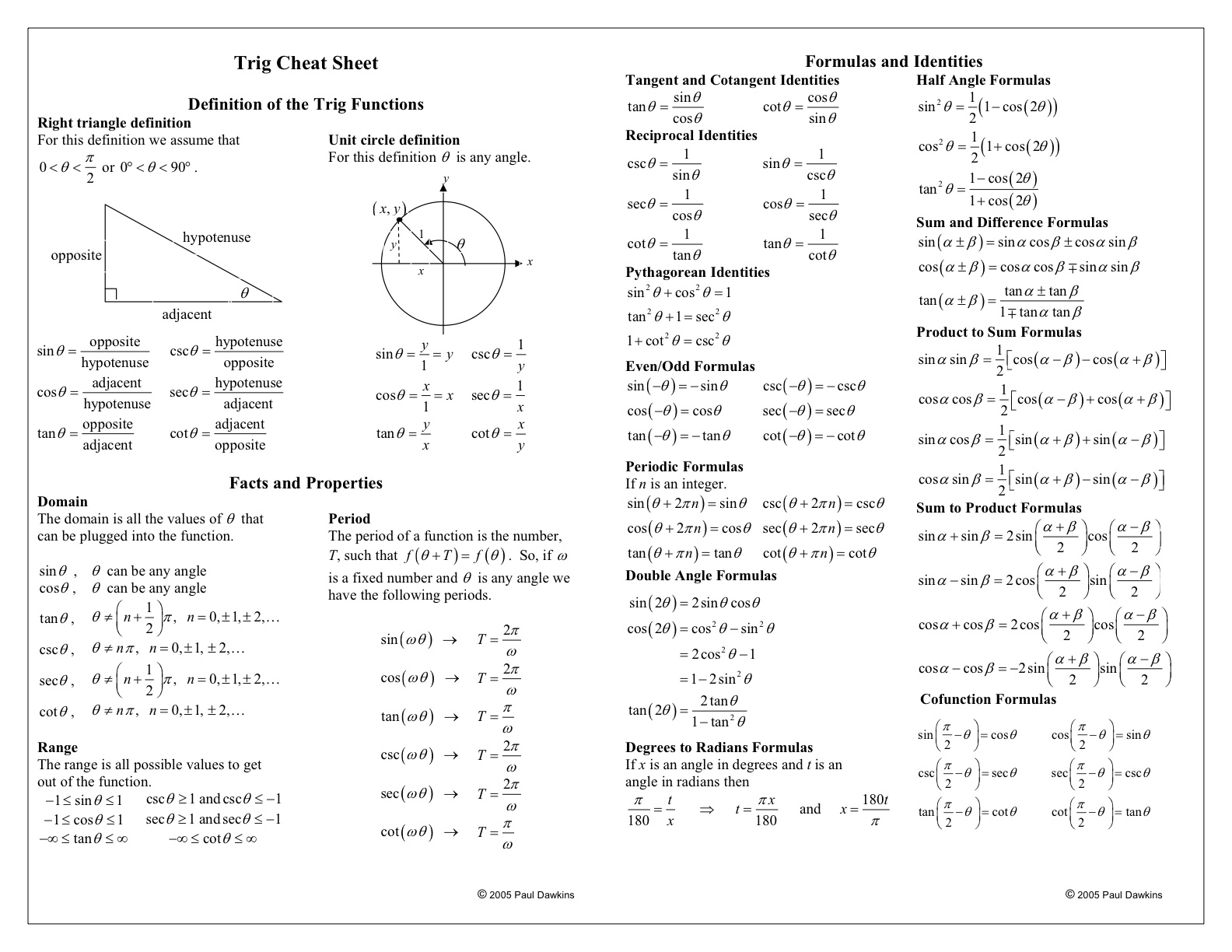

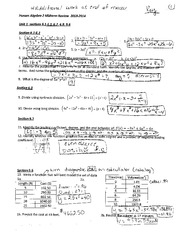
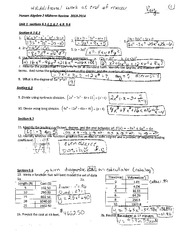
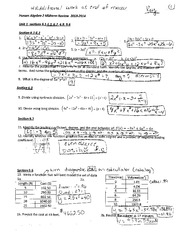
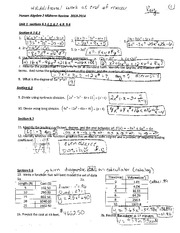
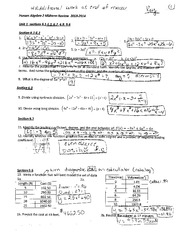
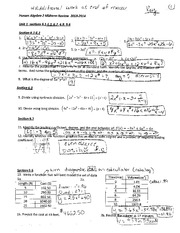
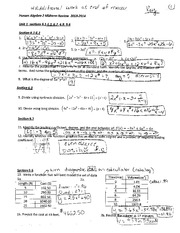
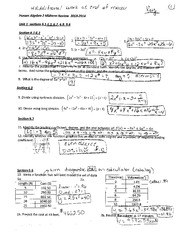
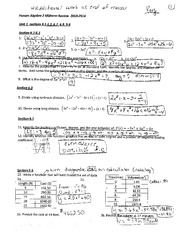
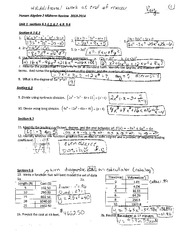
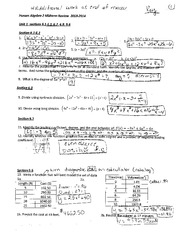
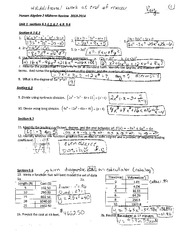














Comments